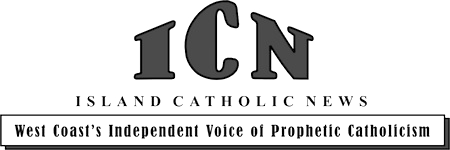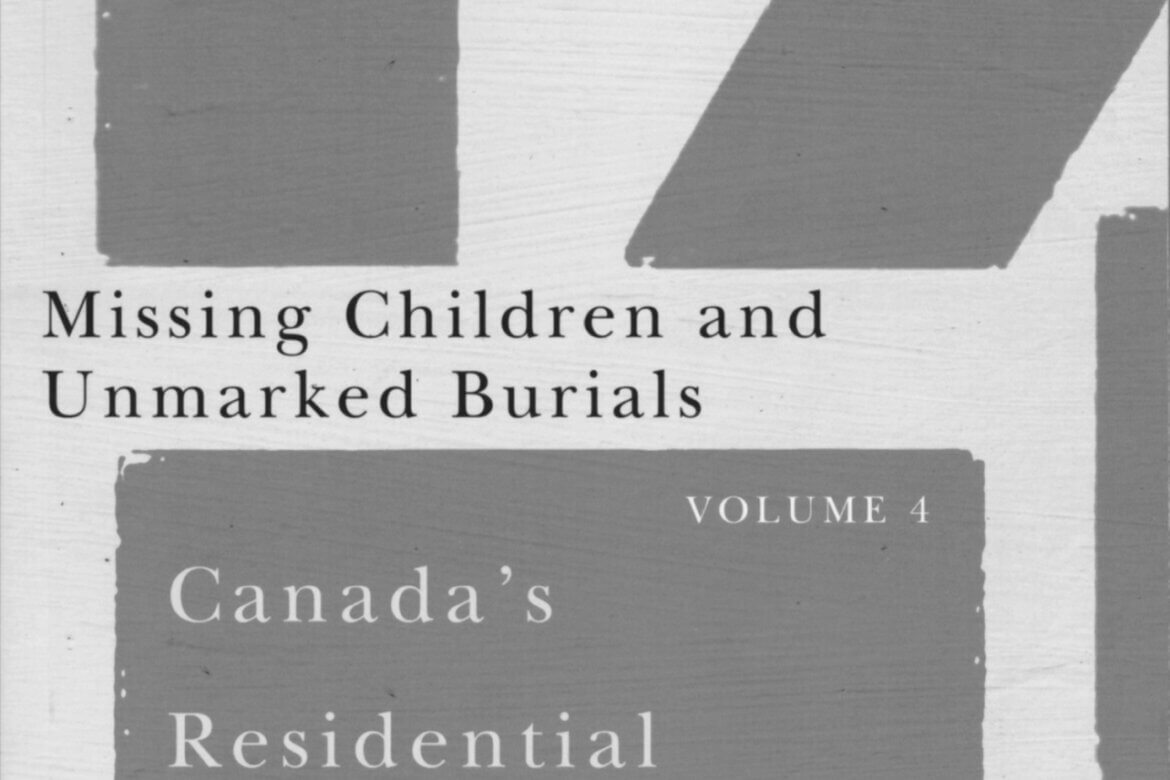On Kamloops and Küng: Two Books Reopened
Patrick Jamieson, Victoria
Volume 35 Issue 4, 5 & 6 | Posted: July 8, 2021

Executive Summary
The Truth and Reconciliation Commission of Canada’s “Missing Children and Unmarked Burials project” is a systematic effort to record and analyze the deaths at the Residential Schools, and the presence and condition of student cemeteries, within the regulatory context in which the schools were intended to operate. The projects research supports the following conclusions:
1. The Commission has identified 3,200 deaths on the TRC’s Register of Confirmed Deaths of named Residential School Students and the Register of Conformed Deaths of Unnamed Residential School Students.
2. For just under one-third of these deaths (32%), the government and the schools did not record the names of the student who died.
3. For just under one-quarter of these deaths (23%), the government and the schools did not record the gender of the student who died.
4. For just under one-half (49 %), the government and the schools did not record the cause of death.
5. Aboriginal children in residential schools died at a far higher rate than school aged children in the general population.
6. For most of the history of the schools, the practice was not to send the bodies of the students who died at schools to their home communities.
7. For the most part, the cemeteries that the Commission documented are abandoned, disused, and vulnerable to accidental disturbance.
8. The federal government never established an adequate set of standards or regulation to guarantee the health and safety of residential school students.
9. The federal government never adequately enforced the minimal standards and regulations it did establish.
10. The failure to establish and enforce adequate regulations was largely a function of the government’s determination to keep residential school costs to a minimum
11. The failure to establish and enforce adequate standards, coupled with the failure to adequately fund the schools, resulted in unnecessarily high death rates at residential schools.
These findings are in keeping with statements that former students and the parents of former students gave to the Commission. They spoke of children who went to school and never returned. The tragedy of the loss of children was compounded by the fact that burial places were distant and even unknown. Many Aboriginal people have unanswered questions about what happened to their children or relatives while they were attending residential school. He work that the commission has begun in identifying and commemorating those students who died at school and their grave-sites needs to be finished.”
These are the opening pages of Volume Four of the Truth and Reconciliation Commission Final Report, published 6 years ago in 2015.
Volume 4 is 266 pages long and the detail goes a long way to answer the questions posed by the Kamloops Residential radar conformation of 215 bodies reported in the media Friday May .
Kamloops school is listed on the third page of a twelve page index listing all the schools across Canada. Nearer the end is the Coudert Hall residence established in 1960 in Whitehorse that I remember visiting with my father who was Indigenous as he helped the new students settled in. He was in the military and the next year we as a family relocated to Ottawa. Coudert Hall closed in 1971. It was named after Bishop Coudert of Whitehorse at the time.
2.
The other book I wish to mention was Hans Küng’s On Being a Christian which was the Christology text we studied in Foundational Theology at St. Michael’s College at the Toronto School of Theology in the middle ‘70s, while residing at Coady House in a network of Christian Intentional Communities.
Küng’s Christology was the one to study then, and it was/is possibly the best for these times. Bishop Remi De Roo was a colleague and acquaintance of Hans Küng in the progressive Catholic theological circles following Vatican II. I asked him his impressions after the news of Küng’s death. The front cover image of this edition of ICN features them at a World Conference on Religion and Peace gathering in Amman, Jordan in 1999, where Küng was the keynote speaker on his Global Ethic initiative.
De Roo typified Hans Küng as fearless in the pursuit of truth. Very avant garde, persistent in his integrity whether popular or not. Küng was clear in his conviction of the church as community that persist eternally, and its indefectability is rooted in that, the bishop explained.
While a renown scholar, at times he relished being a person of contradiction, and as such he took delight in being the conscience of the church. This revealed a touch of vanity, De Roo reflected, but he strove to be authentic and was never two-faced.
The bishop was pleased with how Küng was such a strong presenter of the radical need for ecumenism and interfaith dialogue. He was seen as a charming man who presented a much needed international global ethic perspective. Küng’s strong sense of faith held a German dimension of being self-assured. De Roo also found that the Christology in On Being a Christian was very profound and noteworthy, where he demonstrated a deep perception of the meaning of the Gospels, very socially justice oriented.
Bishop De Roo’s coauthor and close friend and associate Douglas Roche has written elsewhere in this issue on the influence of Küng on his formation and career (“Integral Humanism and Global Ethic of Jacques Maritain and Hans Küng” in the Other Features Section).
Patrick Jamieson, Victoria

